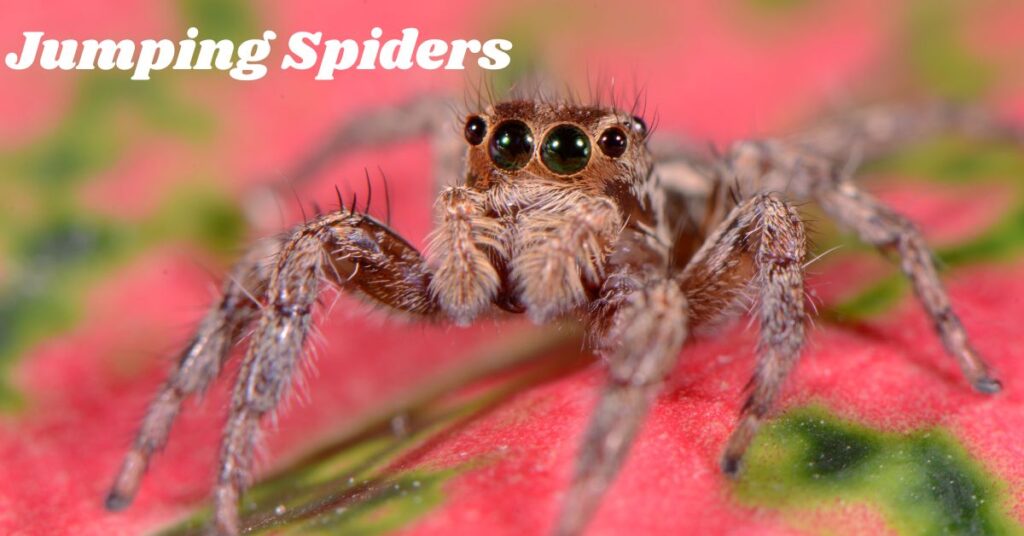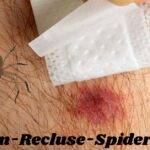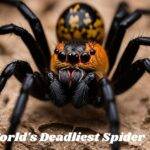Jumping Spiders are intriguing pets that have captured the intrigued of numerous devotees. Their interesting behavior, dynamic colors, and sensible measure make them an great choice for those looking to dig into the world of extraordinary pets. But where can you purchase Jumping Spiders? This article will direct you through the best places to discover your culminate pet, both online and in-store.
Why Select a Jumping Spiders as a Pet?
Jumping Spiders are little, cleverly, and require negligible space, making them perfect for loft living. They are moreover generally simple to care for, given you get it their needs. These insects are known for their dexterity and inquisitive nature, frequently locks in in behaviors that are captivating to observe.
Key Benefits of Owning a Jumping Spiders
- Easy Upkeep: They require negligible care compared to other pets.
- Space-Efficient: Appropriate for little living spaces.
- Unique Behavior: Their chasing and hopping abilities are engaging to watch.
- Cost-Effective: By and large less costly to maintain.
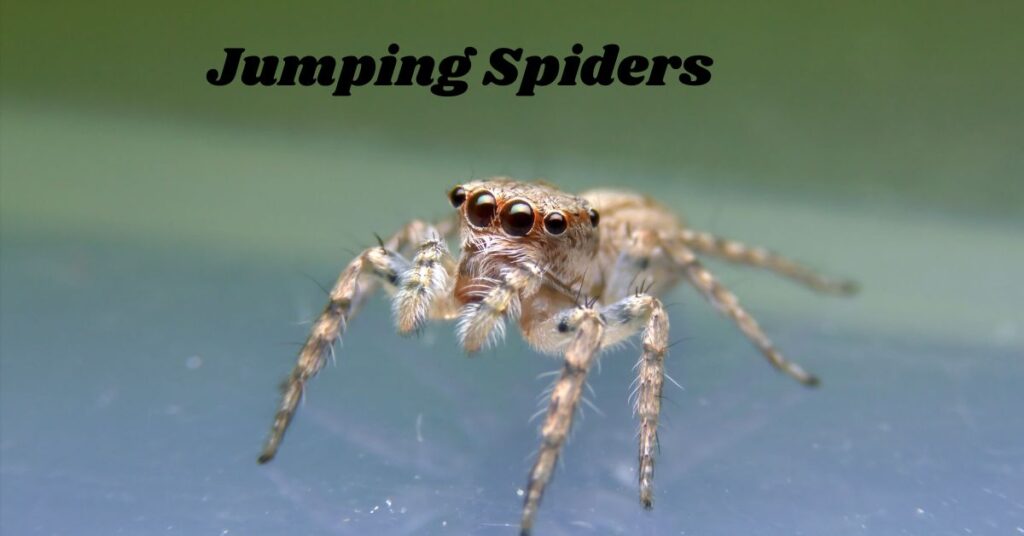
Where to Purchase Jumping Spiders: Discover the Idealize Pet Online and In-Store
Finding a legitimate source to purchase your Jumping Spiders is pivotal to guarantee you get a sound and well-cared-for pet. Let’s investigate the different choices accessible both online and in physical stores.
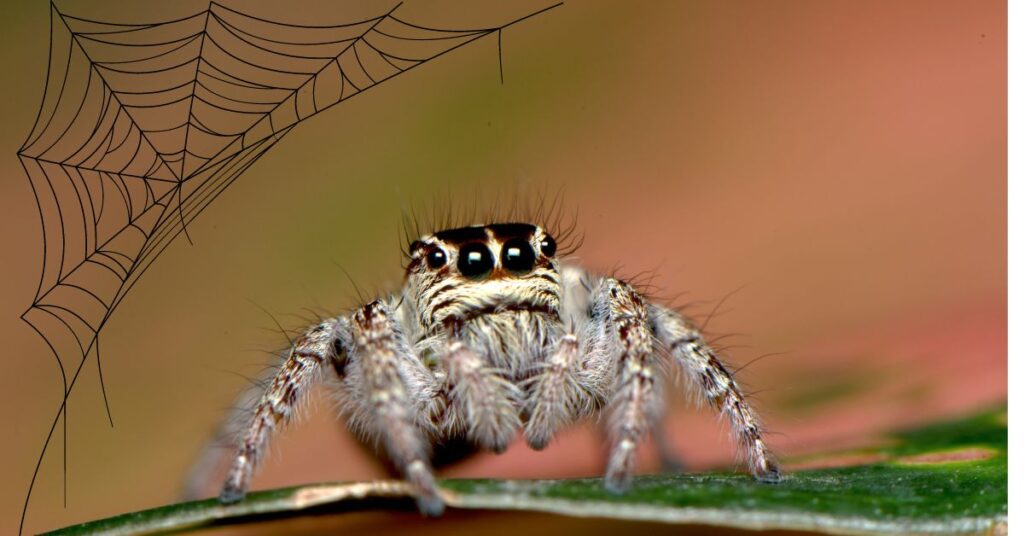
Online Choices for Buying Jumping Spiders
1. Specialized Pet Websites
Specialized pet websites are one of the best places to purchase Jumping Spiders. These websites regularly have a wide assortment of species and point by point care information.
Advantages:
- Wide choice of species.
- Detailed care guides.
- Customer surveys for credibility.
Disadvantages:
- No physical review some time recently purchase.
- Shipping stretch for the spider.
2. Outlandish Pet Marketplaces
Exotic pet marketplaces are another fabulous online asset. These stages interface breeders and buyers, guaranteeing a assortment of choices.
Advantages:
- Access to numerous sellers.
- Competitive prices.
- User appraisals and reviews.
Disadvantages:
- Variable vender reliability.
- Shipping risks.
3. Online Gatherings and Communities
Joining online gatherings and communities can be a awesome way to discover legitimate breeders who offer Jumping Spiders. Individuals regularly share suggestions and reviews.
Advantages:
- First-hand encounters from other owners.
- Potential for way better deals.
- Community bolster for care tips.
Disadvantages:
- May require broad research.
- Possible trick risk.
In-Store Choices for Buying Jumping Spiders
1. Nearby Pet Stores
Some neighborhood pet stores may carry Jumping Spiders. It’s basic to visit and check the conditions in which the Jumping Spiders are kept.
Advantages:
- Physical assessment of the pet.
- Immediate buy, no holding up for shipping.
Disadvantages:
- Limited species availability.
- Potentially higher prices.
2. Extraordinary Pet Stores
Exotic pet stores specialize in a assortment of abnormal pets, counting Jumping Spiders. These stores more often than not have learned staff who can give care advice.
Advantages:
- Expert staff.
- Better choice than customary pet stores.
- Immediate purchase.
Disadvantages:
- May be distant from your location.
- Possibly higher prices.
3. Reptile and Extraordinary Pet Shows
Attending reptile and extraordinary pet appears is a phenomenal way to discover Jumping Spiders. These occasions frequently include legitimate breeders and a wide assortment of species.
Advantages:
- Wide selection.
- Meet breeders in person.
- Often way better prices.
Disadvantages:
- Limited to occasion dates.
- Travel may be required.
What to See for When Buying a Jumping Spiders
Health and Behavior
When buying a Jumping Spiders, guarantee it shows up solid. See for signs of movement and sharpness. The Jumping Spiders ought to have all its legs and no obvious injuries.
Species and Size
Different species of Jumping Spiders` have changing care prerequisites and dispositions. Investigate the particular species you are interested in to guarantee it fits your desires and capabilities.
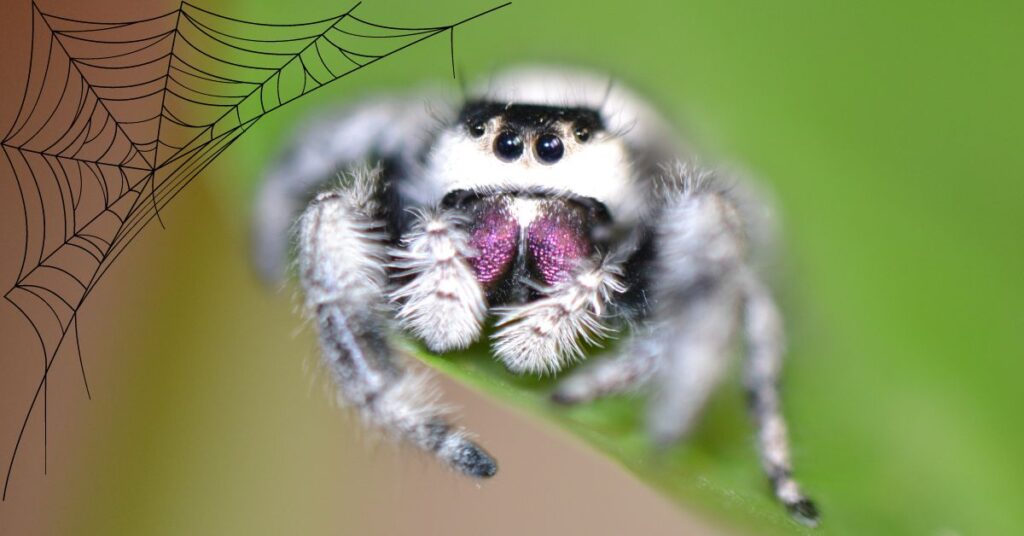
Seller Reputation
Always purchase from a trustworthy dealer. Check audits, inquire for references, and do intensive inquire about to dodge deceptive breeders and scams.
Essential Tips for Unused Jumping Spiders Owners
Setting Up the Enclosure
Jumping Spiders require a little walled in area with satisfactory ventilation. Incorporate places for covering up and climbing, such as twigs and clears out. Guarantee the walled in area is escape-proof.
Feeding Your Jumping Spiders
Jumping creepy crawlies eat live prey such as flies, crickets, and other little creepy crawlies. Guarantee a consistent supply of suitably measured nourishment for your spider.
Providing Water
While bouncing insects get most of their hydration from their prey, it’s a great thought to fog the walled in area softly to give extra moisture.
Understanding Distinctive Species of Jumping Spiders
Commonly Kept Jumping Spiders Species
Phidippus Regius (Majestic Jumping Spiders)
- Description: Known for their striking colors and bigger measure, these Jumping Spiders are prevalent among enthusiasts.
- Care Necessities: Require a medium-sized walled in area, normal nourishing with fittingly measured creepy crawlies, and a marginally muggy environment.
Phidippus Audax (Striking Jumping Spiders)
- Description: Characterized by their dark bodies and white or metallic spots, they are dynamic and hardy.
- Care Prerequisites: Flourish in a assortment of conditions but favor situations with bounty of vertical space for climbing.
Habronattus pyrrithrix (Red-backed Jumping Spiders)
This species is known for its vibrant colors and intricate courtship displays. They are smaller than Phidippus species but equally fascinating.
Salticus Scenicus (Zebra Jumping Spiders)
Easily recognizable by their black and white striped pattern, Zebra Spiders are common and relatively easy to care for.
Breeding Jumping Spiders
Introduction to Breeding
Breeding Spiders can be a fulfilling encounter, permitting you to watch the captivating life cycle from egg to grown-up. In any case, it requires cautious arranging and understanding of their particular needs.
Selecting Breeding Pairs
Health and Maturity
- Health Check: Guarantee both male and female Spiders are sound and free from parasites.
- Maturity: Both insects ought to be develop. Females for the most part require to be more seasoned than guys to effectively deliver eggs.
Compatibility
- Behavioral Perception: Screen intelligent to guarantee compatibility. Present the male to the female’s walled in area gradually and watch for signs of aggression.
- Separate Lodging: Keep guys and females in isolated walled in areas until breeding time to avoid untimely hostility or stress.
Breeding Process
Courtship and Mating
- Courtship Ceremonies: Male these Spiders perform expound moves and show their dynamic colors to pull in females. Guarantee the environment permits for these displays.
- Supervised Mating: Continuously oversee mating to avoid cannibalism. If the female appears animosity, isolated them immediately.
Egg Laying and Care
- Egg Sac Creation: After effective mating, the female will make an egg sac. Give a calm, secure zone in the walled in area for this process.
- Incubation: Keep up ideal mugginess and temperature to guarantee effective hatching. Do not aggravate the egg sac amid this period.
Hatchling Care
- Feeding Hatchlings: Once the spiderlings rise, nourish them little prey like natural product flies.
- Separation: As they develop, isolated the spiderlings into person holders to avoid cannibalism and guarantee they all get sufficient food.
Enrichment and Progressed Care
Environmental Enrichment
Creating a Characteristic Habitat
- Substrate: Utilize coconut fiber or peat greenery as a substrate to hold mugginess and imitate their normal environment.
- Climbing Structures: Include branches, takes off, and other characteristic components to give climbing openings and stowing away spots.
Lighting and Temperature
- Lighting: Whereas these Spiders don’t require extraordinary lighting, giving a characteristic day-night cycle can offer assistance keep up their circadian rhythm.
- Temperature: Keep up a reliable temperature between 70-80°F (21-27°C). Dodge putting the walled in area in coordinate daylight or drafty areas.
Feeding Enrichment
Live Prey Hunting
- Prey Assortment: Offer a assortment of prey such as natural product flies, little crickets, and other little creepy crawlies to fortify common chasing behaviors.
- Feeding Plan: Bolster grown-up insects 2-3 times a week. Alter based on the spider’s action and growth.
Feeding Techniques
- Hand-Feeding: For more interaction, you can offer prey utilizing tweezers. This makes a difference construct believe and permits for closer observation.
- Release in Walled in area: Discharge live prey into the walled in area and let the insect chase, giving physical and mental stimulation.
Behavioral Observations
Understanding Jumping Spiders Behavior
Hunting and Stalking
- Observation: Hopping Jumping Spiders are dynamic seekers. Observe how they stalk and jump on their prey, displaying their dexterity and precision.
- Learning: Creepy crawlies learn from their environment. Watch how they explore and adjust to changes in their enclosure.
Web Building
- Silk Utilization: Not at all like numerous creepy crawlies, hopping creepy crawlies don’t construct networks to capture prey. Instep, they utilize silk for security lines and to make resting areas.
- Behavioral Bits of knowledge: Observing them utilize silk can give bits of knowledge into their spatial mindfulness and problem-solving abilities.
Addressing Common Misconceptions
Myth-Busting
Jumping Spiders Are Dangerous
- Reality: Bouncing creepy crawlies are for the most part safe to people. Their nibbles are uncommon and ordinarily result in minor irritation.
- Behavior: They are more likely to escape than to chomp when threatened.
Difficult to Care For
- Reality: Whereas they require particular care, bouncing insects are moderately simple to keep with the right information and preparation.
- Maintenance: Normal nourishing, appropriate walled in area setup, and observing of their wellbeing are the primary requirements.
Advanced Wellbeing Care
Preventative Wellbeing Measures
Routine Check-Ups
- Observation: Frequently check your insect for signs of ailment or push, such as laziness, misfortune of craving, or physical deformities.
- Environmental Support: Keep the walled in area clean and screen mugginess and temperature to avoid wellbeing issues.
Handling Wellbeing Issues
Common Ailments
- Mites and Parasites: Frequently assess for vermin or parasites. If found, clean the walled in area completely and counsel a vet for fitting treatments.
- Injuries: If your insect gets harmed, give a stress-free environment to recoup and counsel with an intriguing vet if necessary.
Veterinary Care
- Finding a Vet: Not all veterinarians are experienced with 8-legged creature. Look for out those who specialize in outlandish pets.
- Emergency Care: Have a arrange for crises, counting a list of adjacent veterinarians who can handle extraordinary pets.
Building a Community
Engaging with Other Enthusiasts
Joining Clubs and Societies
- Networking: Connect neighborhood and online clubs committed to 8-legged creature. These bunches give back, share information, and offer a community for talking about all things related to bouncing spiders.
- Events and Expos: Take an interest in occasions and expos to meet breeders, learn from specialists, and interface with other enthusiasts.
Sharing Knowledge
Blogging and Social Media
- Content Creation: Share your encounters and information through blogs or social media. This can offer assistance teach others and advance capable pet ownership.
- Engagement: Connected with other proprietors, trade tips, and remain upgraded with the most recent in bouncing insect care.
FAQs About Where to Buy Jumping Spiders
How much do Jumping Spiders cost?
The taken a toll of bouncing insects shifts based on the species and source. Costs by and large run from $10 to $50, with a few uncommon species costing more.
Can I keep numerous Jumping Spiders together?
It’s not suggested to keep numerous Jumping Spiders together as they are single and regional animals. Lodging them together can lead to battles and injury.
How long do Jumping Spiders live?
Jumping Spiders regularly live for around 1 to 2 a long time. Appropriate care can offer assistance guarantee they reach the upper conclusion of their lifespan.
Do Jumping Spiders bite?
Jumping Spiders can nibble if undermined, but their nibbles are for the most part safe to people. Most nibbles result in minor disturbance comparable to a mosquito bite.
What ought to I do if my Jumping Spiders escapes?
If your Jumping Spiders get away, stay calm. See for it in dull, warm zones close the walled in area. Utilize a container and a piece of paper to delicately capture and return it to its enclosure.
Conclusion
Jumping Spiders make interesting and moderately low-maintenance pets for those interested in the world of intriguing creatures. By understanding their needs, sourcing them morally, and giving a fortifying environment, you can appreciate a fulfilling involvement as a Jumping Spiders proprietor. This comprehensive direct on “Where to Purchase Jumping Spiders: Discover the Idealize Pet Online and In-Store” guarantees you have all the data required to make an educated choice and give the best care for your modern pet. Cheerful Jumping Spiders keeping!
